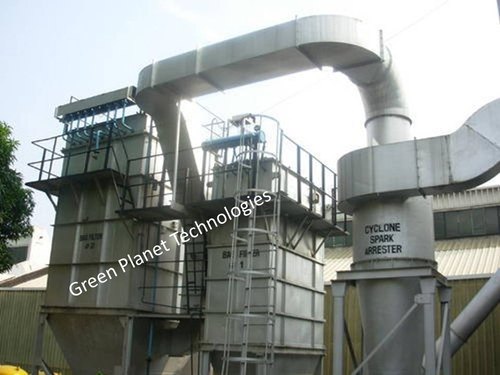The term “dust control” is an environmental policy that involves eliminating or reducing airborne and fugitive dust. The type of surface, degree of disturbance, and climatic conditions that result in dust generation all determine the amount and types of dust generated. The generation of dust is typically greater in arid regions. The control of dust can not only reduce fugitive dust but can also prevent erosion.
Dust palliatives
The selection of dust palliatives for industries depends on several factors, including the program’s environmental impact and total cost.
In addition to dust-related health impacts, these solutions have affected plant life. In some tests, plant life is negatively affected by lignosulfonate. In addition, some dust palliatives are known to have negative effects on aquatic life, such as impacting the oxygen requirements of aquatic communities. As such, industries should use the right dust palliative for their operations.
Depending on the chemical composition of the dust suppressant, the product should be applied after rain to help the chemical mix. If rain is forecast, do not apply the suppressant, and rain may wash away the material. Ensure that users follow the directions carefully. Always dampen the pavement before applying dust palliatives.
A dust palliative for industries is a chemical that binds dust particles together. The chemical may be organic, mineral, petroleum-based, or electrochemically stabilized. These solutions also reduce the amount of dust in the atmosphere. Generally, dust palliatives for industries are inexpensive and easy to apply. But the most effective dust palliatives are those that offer the highest level of protection against airborne particulates.
Baghouse dust collectors
There are two primary types of baghouse dust collectors: pulse-jet and cartridge. While baghouse dust collectors are the most common dust collection systems, they are also highly versatile and can be used in hard-to-reach places. Because of their reliability and high efficiency (99%), baghouse dust collectors are highly recommended for seed operations.
Baghouse dust collectors are one type of centralized industrial dust collection system. They filter nuisance dust and collect harmful particles. Many industries use this system to minimize air pollution. Baghouse dust collectors are designed to remove a range of particulates and 99% of airborne particles. A typical Baghouse system will consist of several hoods located at various sources in the industries. The ducting transports the dusted air to the central Bagfilter. The air is then filtered, and clean air is released.
Lignin-based biopolymers
Lignin-based biopolymers are an efficient fire retardant. They combine the benefits of natural lignin with the properties of biopolymers. The use of lignin-based blends can control dust in industries such as steelmaking, food, and cement production. Lignin-based biopolymers also exhibit better flammability than starch-based blends.
The grafting method involves attaching reactive macromolecules to lignin via a copolymerization process. The lignin’s hydroxy functional groups function as initiation sites in ROP, and other polymerization reactions can attach initiating units to the lignin. Graft polymerization on lignin has been applied in several applications, including composites and cationic flocculants.
In addition to dust-control applications, lignin-based biopolymers can be used as a sustainable bioresource. This material naturally occurs in many forests and has an exceptionally low molecular weight. In addition to reducing dust, lignin-based biopolymers are versatile enough to build lightweight structures, sensors, and biomedical materials.
The applications for these polymers are vast. To learn more about Top 10 Dust Control Methods by GlobalRoadTechnology.com, visit their website.
Air filtration systems
There are several different types of air filtration systems. In the food processing industry, filtration systems control dust in the production process. These systems are useful when large volumes of air are being processed, such as coal-fired power plants. These systems are also effective for processing large volumes of air and can be attached to various types of equipment. To keep the dust at bay, filtration systems must be able to charge and de-charge rapidly.
Oil mist, smoke, and dust particles are undesirable by-products of many manufacturing processes, and these materials are even part of the production process in some industries. Consequently, dust separation is essential to prevent damage to people and equipment and ensure valuable production materials’ safety. Dust collection systems are designed to catch these particles in modular units that can be integrated into an existing manufacturing cell. Choosing the right filtration system will allow you to meet your specific needs while protecting your employees and the environment.

